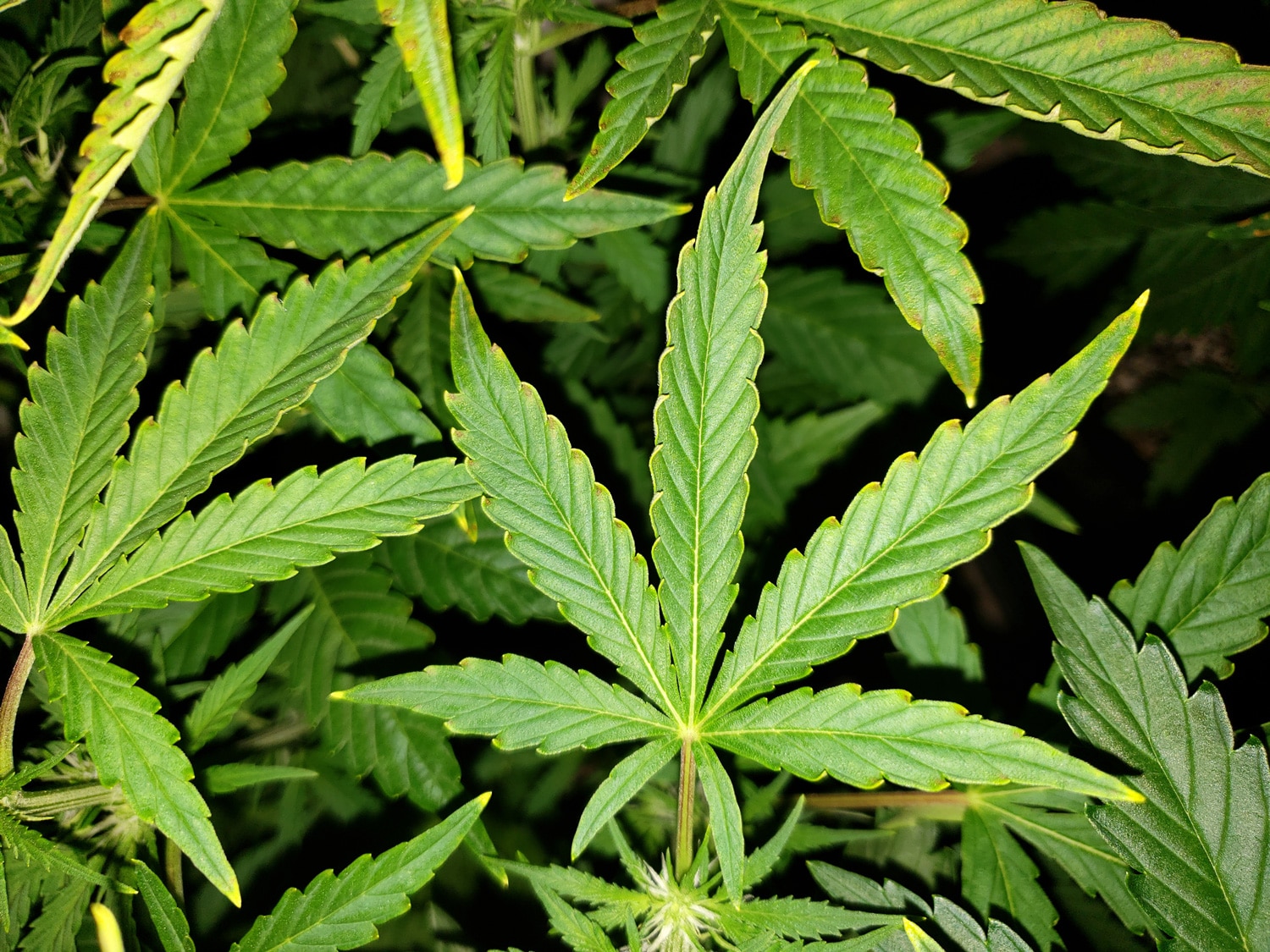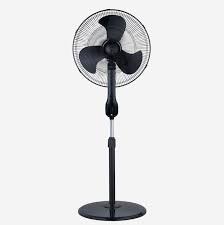
Nutrient Deficiencies: Diagnosing and Solving Issues for a Healthy Cannabis Crop
Congratulations! You’ve finally taken the plunge and now you're responsible for your crop. Though things may not be going as well as you'd hoped, don't worry - healthy, vibrant green leaves aren't out of reach. Odds are, your cannabis plants are displaying symptoms of a nutrient deficiency. At such an early stage in your growing journey, it's difficult to diagnose the issue, but we are here to help!

Why? Because 95 percent of the time, the first signs of a nutrient deficiency show up on the leaves. Since the majority of a cannabis plant is composed of leaves, this makes sense. Root or stalk problems are out of the ordinary. But before we delve into individual nutrient deficiencies, let's talk about pH levels and watering/feeding practices.
Proper pH Levels are Essential
For those shaking their heads in confusion at the mention of pH - fear not, we've got your back. pH measures a substance's acidity or alkalinity on a scale that goes from 0 (very acidic) to 14 (very alkaline). Neutral is 7. Cannabis plants prefer a slightly acidic pH. Therefore, aim for 5 or 6 in the nutrient solution. If the pH is too high or low, the marijuana plants will not be able to absorb the nutrients properly.

Water & Food Make for a Healthy Life
In most cases, a peat and perlite system is used. It's low-cost, low-maintenance and your plants will love it. All it takes is a week or two to find the perfect amount of water and food to get the top notch yield. Generally, these pots need to be fed and watered every two or three days. Give them some water right before the lights turn off and feed them in the morning when the lights come on. If the medium is wet an inch down, then you'll need to reduce the amount of water and nutrients. On the other hand, if it dries out by nightfall, then give them more. A dry environment can also cause nutrient deficiencies, which is why it's important to consider adding a humidifier. Wilting is the first symptom of an underfed, underwatered plant.
The Nutrient Solution Matters, Too
Once you have your pH and feeding/water routine down pat, look into the nutrient solution. During the grow stage, you're not likely to notice a deficiency as the plant contains all the trace elements it needs to survive and grow - zinc, boron, iron, sulphur, phosphorous, potassium, etc. But, if you measure the concentration of the nutrient solution (parts per million), it could be too high, in which case the tips of the leaves turn brown, curl and die. Consider using a dark glass or plastic bottle to store your nutrients as light can bond the chemicals and make them unusable.

Temperature Affects Everything
Now let's think about temperature and how it affects the nutrient solution and the plant as a whole. Cannabis loves temperatures between 22-24 degrees Celsius (68-75 degrees Fahrenheit). If the plant is heat-stressed, the leaves will fold upwards and the green hue turns an unhealthy dark color. High temperatures can also trigger root rot, which can, over time, kill your plants. To reduce the temperature of the area, just switch on a fan and the evaporative cooling process will do the rest.

Don't Forget Your Trace Elements
Finally, trace elements are incredibly important and should not be overlooked. The table below outlines the most common nutrient deficiencies and their respective symptoms.
Nutrient Symptom(s)
Zinc: The topmost leaves turn yellow.
Sulphur: Lower leaves turn yellow. Yellow starts at the base of the leaf and proceeds to the tip.
Potassium: Brown or yellow edges on all leaves regardless of age.
Phosphorous: Brown spots all over the leaves. Affected leaves will die and drop off.
Manganese: Yellow veins, with brown spots.
Molybdenum: Older leaves turn an odd pink or red color.
Magnesium: Shows up on older plants. Also shows yellow between the veins of the leaf.
Iron: The topmost inner leaves turn bright yellow or even white.
Copper: Leaf tips appear yellow. The leaves are dark green.
Calcium: Brown spots that eat right through the leaf. Stems may be hollow and are brittle.
Although nutrient deficiencies can be challenging to deal with, the process of diagnosing and solving the issue can be rewarding. Hopefully, the information in this article will help assure you that your cannabis plants are on the right track. With the correct nutrients and a good growing environment, you will enjoy a lush, healthy cannabis crop in no time!

